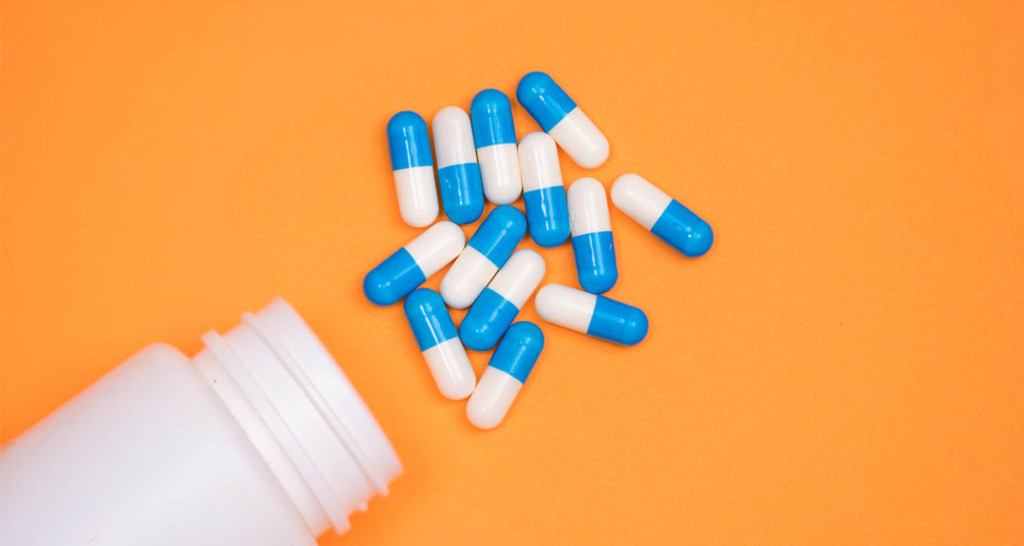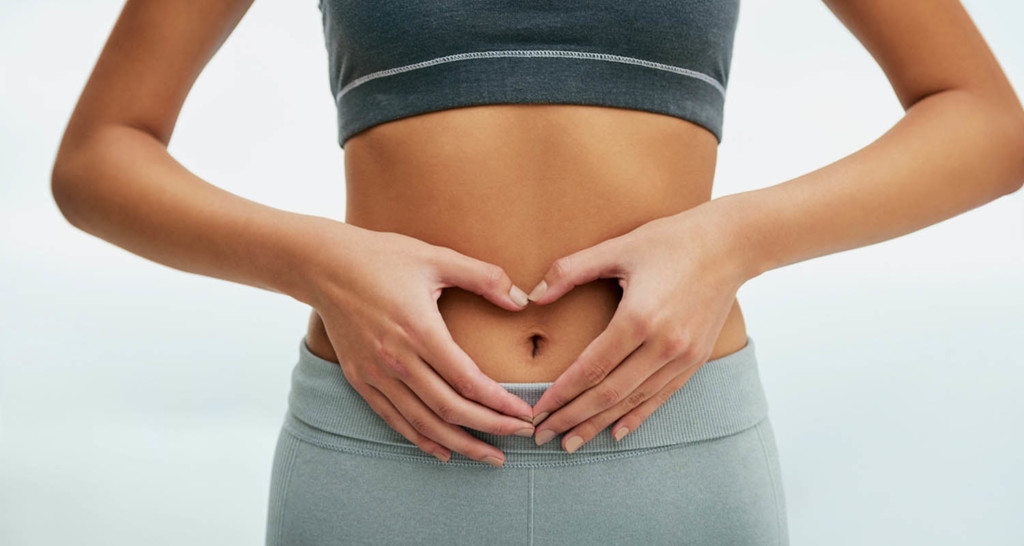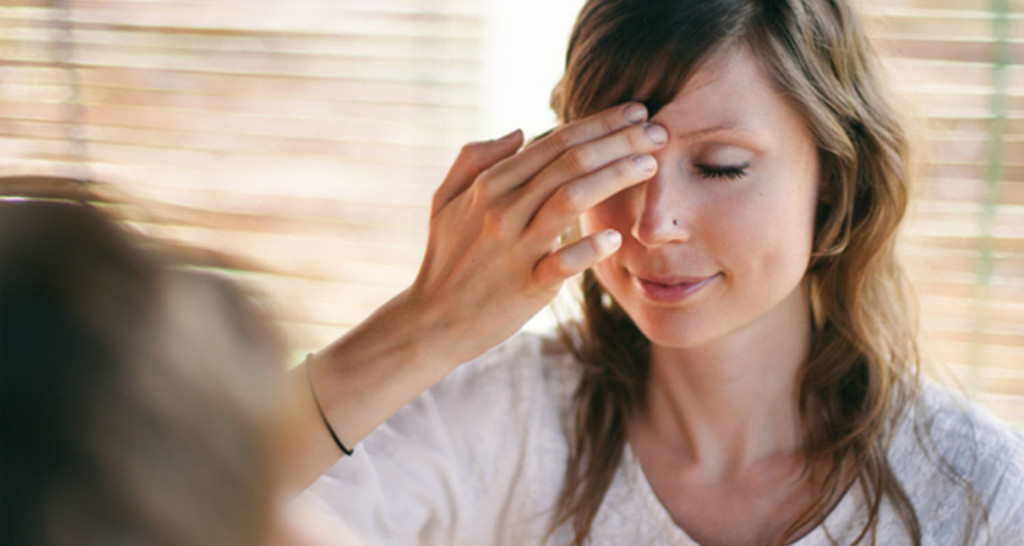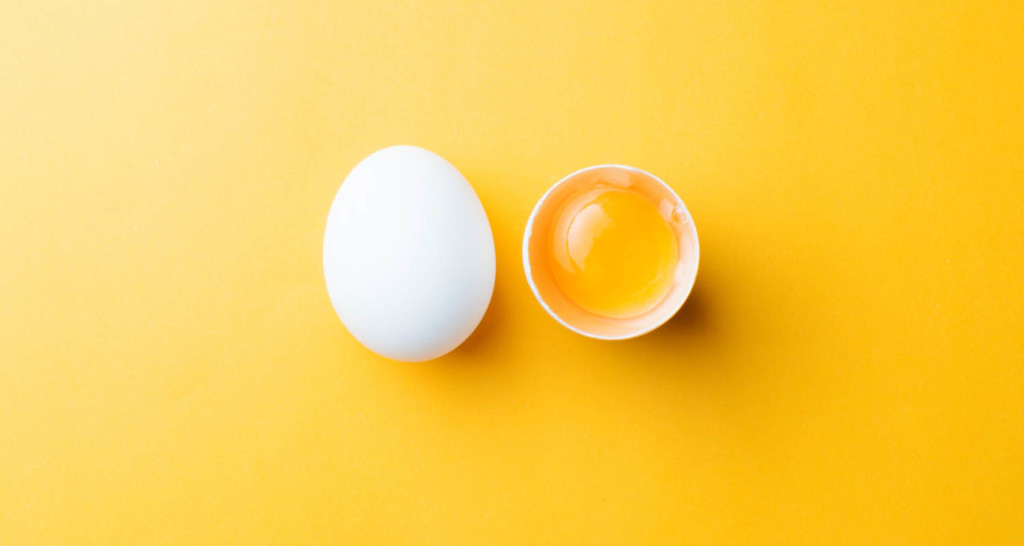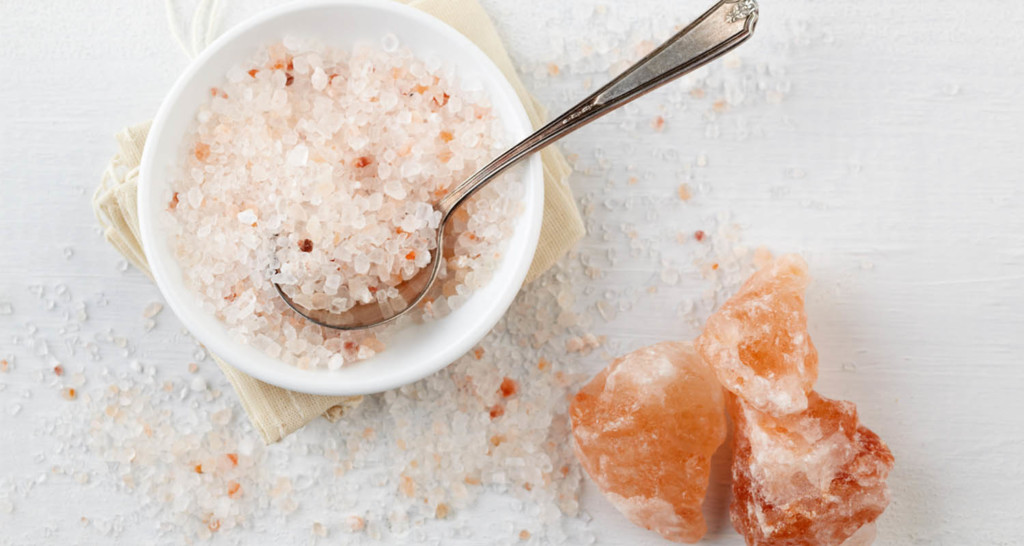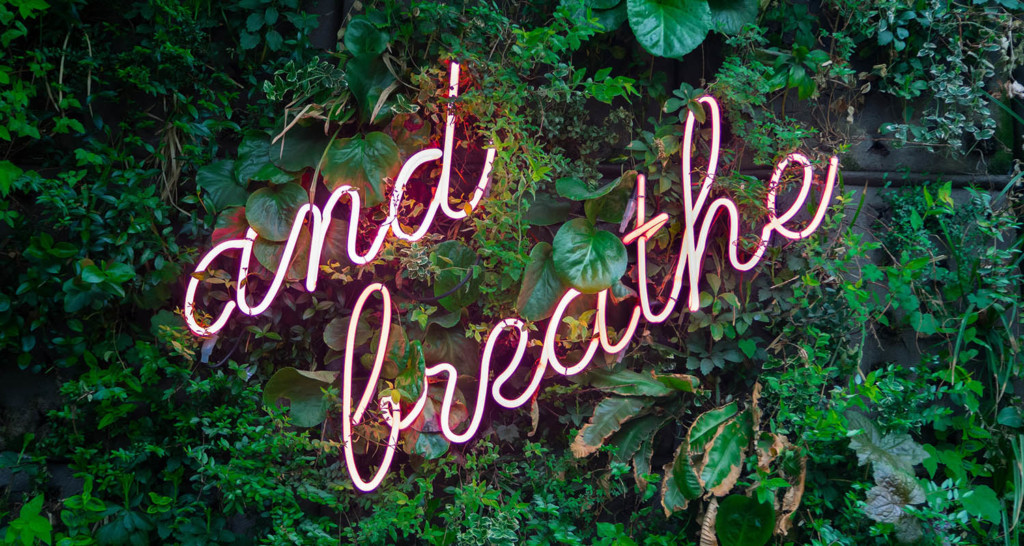
Anxiety is a problem that is plaguing more and more people. Nearly 40% of Americans say they are more anxious than last year. To treat their anxiety, millions are turning to medication. Roughly 8 percent of Americans — that’s 27 million people — take anti-anxiety pills to calm their nerves. While there’s a place for these drugs, they do carry health risks, and they don’t always get to the root cause of the issue. Read on to find out how to treat anxiety naturally, without medication, for a sense of calm and happiness in the long term.
RELATED: This Yoga Nidra Routine Will Make You Feel Like You Got a Full Night’s Sleep
The drawbacks of anti-anxiety medication
Anxiety is when you feel so much fear and worry that it starts to interfere with your day-to-day life. The most common medications prescribed for anxiety are SSRIs (Selective Serotonin Reuptake Inhibitors). These work by increasing the amount of serotonin in the brain. Serotonin is a chemical messenger that carries signals between brain cells.
While SSRIs are a safer choice than older anti-anxiety medications, they still carry health risks and can cause some unpleasant side effects.[ref url=”https://www.ncbi.nlm.nih.gov/pmc/articles/PMC181155/”]
“I see a lot of anxiety in my practice, and many of my patients are on psychiatric medication that isn’t helping, and may even be harming them,” says Ellen Vora, MD, a holistic psychiatrist.
When taking SSRIs, some people experience:
- Weight gain
- Decreased sexual desire
- Insomnia
- Nausea
- Dry mouth
- Dizziness
- Headaches
- Skin rashes
- Diarrhea
You can also build up a tolerance to anti-anxiety medication, which means your brain doesn’t respond as well to the drug. You either need to up your dosage or switch to a different medication.
The best natural anxiety remedies
If you’d rather not take drugs, there are natural alternatives that offer a longer term solution to calming anxiety without the unwanted side effects.
“Anxiety is a disorder not just of the mind, but of the body too,” says Vora. “You can make certain changes to your diet and lifestyle to reduce anxiety, which are safer and often more effective than medication.”
Read on for seven ways to treat anxiety without drugs.
Fix your gut
Did you know that your gut and your brain are constantly talking to each other? Numerous studies point to a strong link between what’s going on in your gut and various mood and behavioral disorders including anxiety, depression, and neurodegenerative diseases.[ref url=” https://www.ncbi.nlm.nih.gov/pmc/articles/PMC4662178/ “][ref url=”http://advances.sciencemag.org/content/2/1/e1500997 “][ref url=”https://www.sciencedirect.com/science/article/pii/S0924933816008464”]
When your gut bacteria is out of balance or your stomach is irritated, your gut sends signals to your brain via the central nervous system (CEN), triggering changes in your mood. So making sure your gut flora is balanced and thriving will have a direct impact on your anxiety levels. You could say that a healthy stomach equals a calm mind.
Ways to heal your gut:
- Quit sugar — bad bacteria go crazy over sugar and feed off of it.
- Choose a variety of low-toxin, anti-inflammatory foods to ensure no one bacterial strain wins over the other.
- Add Brain Octane oil, an upgraded form of MCT (medium-chain triglycerides) oil to your Bulletproof Coffee or to food — these fats are strong antifungals, antibacterials, and antivirals.
- Load up on prebiotic foods like sweet potatoes, dark chocolate, and coffee. Prebiotic foods feed beneficial “good mood” gut microbes.
- Add collagen peptides to your daily routine — collagen heals the gut lining, making it easier for your body to absorb nutrients from food.
Related: Signs Your Gut Is Unhealthy and Why You Should Fix It
Work out regularly
“Lots of research is coming out now that argues that cardio exercise can be as effective as medication for anxiety,” says Linda Burdett, a psychotherapist who specializes in cognitive behavioral therapy (CBT).
Exercise releases various neurotransmitters (aka chemical messengers) including endorphins — these attach to your brain’s opiate receptors, lowering your perception of pain and flooding your brain with feelings of euphoria. [ref url=”https://europepmc.org/abstract/med/15518309″] One study found that working out increased levels of GABA (Gamma-Aminobutyric Acid), a neurotransmitter that calms nerve activity.[ref url=”http://www.jneurosci.org/content/36/8/2449.short”] You can take GABA as a supplement to ease your anxiety, but a run around the block carries more health benefits.
Studies show that aerobic exercise like jogging, swimming, and walking, performed at moderate intensity, is best for lowering anxiety. Aim for a 15- to 30-minute session, three times a week.
Change the way you think
According to CBT, anxiety is driven by negative thinking — thoughts that enter a person’s mind automatically, influencing how they feel.
Cognitive behavioral therapy teaches people to become aware of this thinking, so that they can challenge their negative thoughts and change them. This helps people develop a more positive mindset, explains Burdett.
The goal is for you to become aware of these automatic negative thoughts and learn to question them when they come up, leaving you with a more realistic outlook. Doing this actually rewires your brain — the more you practice thinking in a different way, the more you strengthen new neural pathways.[ref url=”https://www.ncbi.nlm.nih.gov/pubmed/19622682″]
One strategy is to write down a negative thought when it comes up, and ask yourself a series of questions, challenging the validity of the thought.
For example, if you think, “I have no friends, nobody likes me,” you’d then ask yourself:
- How does this thought make me feel? (“Anxious, lonely, depressed”)
- What is the evidence for this thought? (“Jane didn’t call me today”)
- What’s an alternative way of looking at the situation? (“Jane’s just busy — she has three kids and a fulltime job. We’ve been friends for 10 years, she clearly values our friendship.”)
If you’re feeling anxious about something, you can change your perspective and calm your mind using a CBT worksheet like this one.
Tapping to ease anxiety
You can lower your anxiety right here, right now using the Emotional Freedom Technique, aka tapping. With EFT, you tap seven acupressure points in a specific sequence, while thinking about a negative experience. The goal is to change the way your body responds to a bad memory.
When you think about the upsetting memory, like a car crash, or being bullied, you start to feel anxious. What’s happening is the neurotransmitters serotonin and dopamine get disrupted in the brain, while cortisol and adrenaline — your stress hormones — start to rise.
When you pair a stressful memory with a soothing action like tapping, you tell your body the memory is no longer a threat in the present.
Tapping works for most stress-related issues and various mood disorders, including anxiety, depression, and pain.[ref url=”https://www.ncbi.nlm.nih.gov/pubmed/26894319 http://www.explorejournal.com/article/S1550-8307(16)30106-9/fulltext”]
Learn more about tapping and try out a tapping exercise to lower anxiety here.
Eat more high-quality fat
If you find yourself feeling shaky and tired, or your moods are up and down between meals, you may not be eating enough high-quality fats. Fat keeps you full for longer and maintains steady blood sugar, so you won’t be left battling the “hangries” and energy dips throughout the day. You’ll feel your moods start to stabilize and your anxiety start to drop.
“When we don’t have enough fat in our diet, our brain gets the signal ‘not enough’ and it freaks out,” says Vora. “Adequate fat allows your brain to calm down and relax, knowing it has what it needs.”
Load up on good fats like grass-fed beef, high-quality dark chocolate, avocado, MCT oil, and pastured egg yolks.
Add minerals for more calm
Minerals are an easy and affordable way to lower your anxiety.
Minerals like magnesium and sodium help control neurons and regulate blood sugar. But you’re likely not getting enough minerals from your diet alone. Even when you eat a nutrient-dense diet, soil depletion and monocropping — when one crop is grown on the same land year-after-year — mean your vegetables aren’t absorbing enough minerals from the soil.
“Mineral deficiency taxes our adrenals and makes it hard for our bodies to keep up with the demands of the day,” says Vora.
If you’re deficient in magnesium, and 80% of people are, you might feel anxious, tired, have trouble sleeping, and get migraines.[ref url=”https://www.ncbi.nlm.nih.gov/pubmed/28445426 “] The good news is that magnesium supplements are cheap and easy to find. Learn more about how to find the best magnesium supplement for your body.
Also make sure you sprinkle your meals with high-quality sea salt or mined pink Himalayan salt, which contains about 80 trace minerals, including potassium, calcium, magnesium, iodine, iron, and zinc.
Practice mindfulness meditation
Meditation reduces anxiety at the neural level, by firing up specific areas of the brain that calm your nervous system. In a 2013 study, people with everyday anxiety were taught mindfulness meditation — when you pay attention to your breath and body, and accept your thoughts and feelings without judging them.[ref url=”https://www.ncbi.nlm.nih.gov/pmc/articles/PMC4040088/ “] After four 20-minute classes, the researchers scanned participants’ brains, and found that meditation activated parts of the brain related to executive function — your ability to think rationally and plan ahead — and emotional awareness.
Related: How to Rewire Your Brain for Focus and Calm
Nearly 50 other studies have found that mindfulness meditation can improve anxiety, along with other psychological stresses like depression and pain.[ref url=”https://jamanetwork.com/journals/jamainternalmedicine/fullarticle/1809754″]
You can learn more here about how to meditate more effectively.
Follow this simple mindfulness meditation routine:
- The great thing about mindfulness meditation is that it can be done anywhere — on the train, at your desk, or while cooking dinner. But when you’re first starting out, it helps to find a quiet spot where you won’t be easily distracted.
- Once you’re sitting comfortably, gently watch as you breathe in and out. It may help to close your eyes, but whatever works best for you. Allow your breath to rise and fall, and simply observe it.
- Thoughts will come up, and that’s okay. The goal with mindfulness meditation isn’t to suppress thinking — you merely allow the thoughts to pass by without judgement, so you can return to your breath and the present moment. Notice the feeling of the floor beneath you, or the sounds outside. You’re fully in the moment, simply enjoying breathing and being present.
